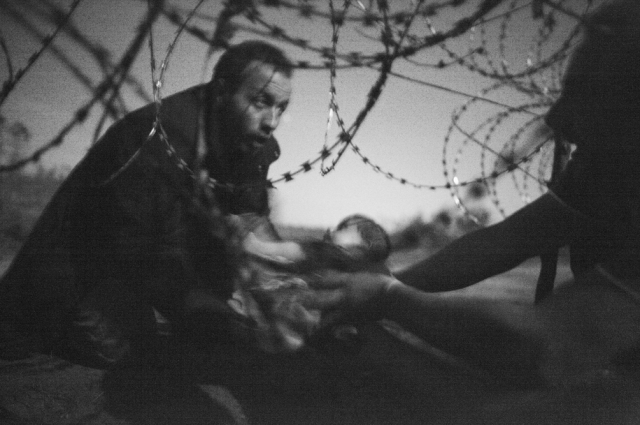Please find sources yourself. Might also be a good idea to check out a book or two!
Monday
Allie: An-My Le, Small Wars
Michelle: An-My Le, 29 Palms
Jake: Omer Fast, 5000 Feet is the Best
Sarah: Omer Fast, Continuity
Langley: Omer Fast, The Casting
Wednesday
Dayton: Emily Jacir, Where We Come From and Personal Ads in Village Voice
Watch artist lecture by Emily Jacir at CU a number of years ago (available by streaming)
Schuyler: Emily Jacir, Material for a Film (Wael Zuaiter)
(maybe watch the movie “Munich” by Steven Spielberg)
Kyle: Walid Raad / The Atlas Group, To be Honest, the Weather Helped
Gracie: Walid Raad / The Atlas Group, My Neck is Thinner Than A Hair
Ian: Akram Zaatari, This Day
(don’t miss this interview)

